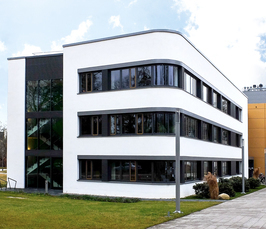The ability to precisely design Å-scale plasmonic cavities has boosted the sensitivity and spatial resolution of surface- and tip-enhanced Raman scattering (SERS and TERS). In this context, low-temperature scanning probe microscopy (LT-SPM) offers great advantages to perform nanoscale vibrational spectromiscroscopy (TER-SM). Along with nanofabrication techniques of plasmonic tips, LT-SPM now allows to examine light–matter interactions in plasmonic “picocavities” down to the sub-molecular level. However, the underlying mechanisms behind the large enhancement factors present in such cavities remain unclear. We reveal how TERS evolves at vanishing tip–sample distances including the transition from a tunneling to conductive coupled regime. Upon atomic-point contact (APC) formation, a dramatic TERS enhancement is observed. In order to shed light on the mechanisms behind, we examined different model systems: an Ag tip with ultrathin ZnO films and single C molecules on the Au(111), Ag(111), and Cu(111) surfaces at 10 K. A pronounced electromagnetic enhancement of Raman scattering is commonly observed for a few Å gaps. The sudden increase of the TERS intensity upon APC formation is attributedto the chemical interaction between the tip and the sample which provides additional charge transfer enhancement. Furthermore, intense anti-Stokes signals can be observed, allowing us to perform Raman thermometry in electrically-fused plasmonic junctions. The results reveal pronounced non-thermal contributions, which underlines the necessity to better understand atomic-scale light–matter interactions.
[more]

